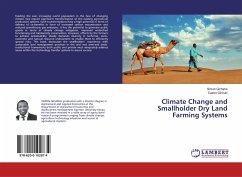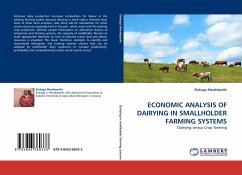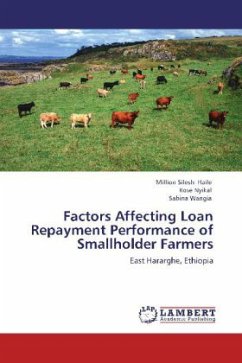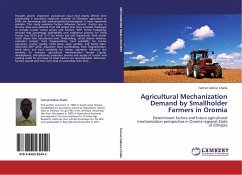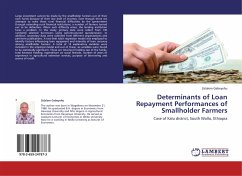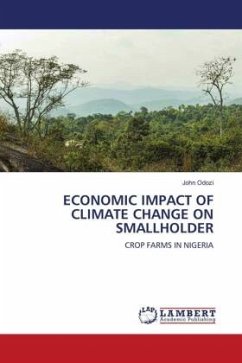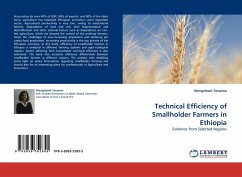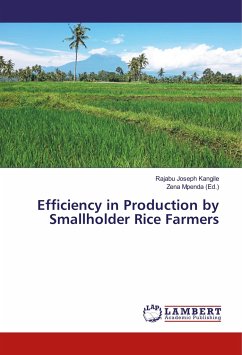Feeding the ever increasing world population in the face of changing climate may require significant transformation of the existing agricultural production systems. Such transformations have a high potential in terms of delivery of co-benefits in form of increased carbon sequestration and reduced greenhouse gas emissions. It has the potential to generate public goods in terms of climate change mitigation, improved watershed functioning and biodiversity conservation. However, efforts by the farmers to achieve sustainability, ideally demands diversity in technical, socio-economic and natural resource endowment to enable them to efficiently spread risks. This book showcases the smallholders' experience with sustainable land management practices in the arid and semi-arid lands. Institutional frameworks both public and private must adequately address issues within the technology transfer systems to assure success.
Bitte wählen Sie Ihr Anliegen aus.
Rechnungen
Retourenschein anfordern
Bestellstatus
Storno

